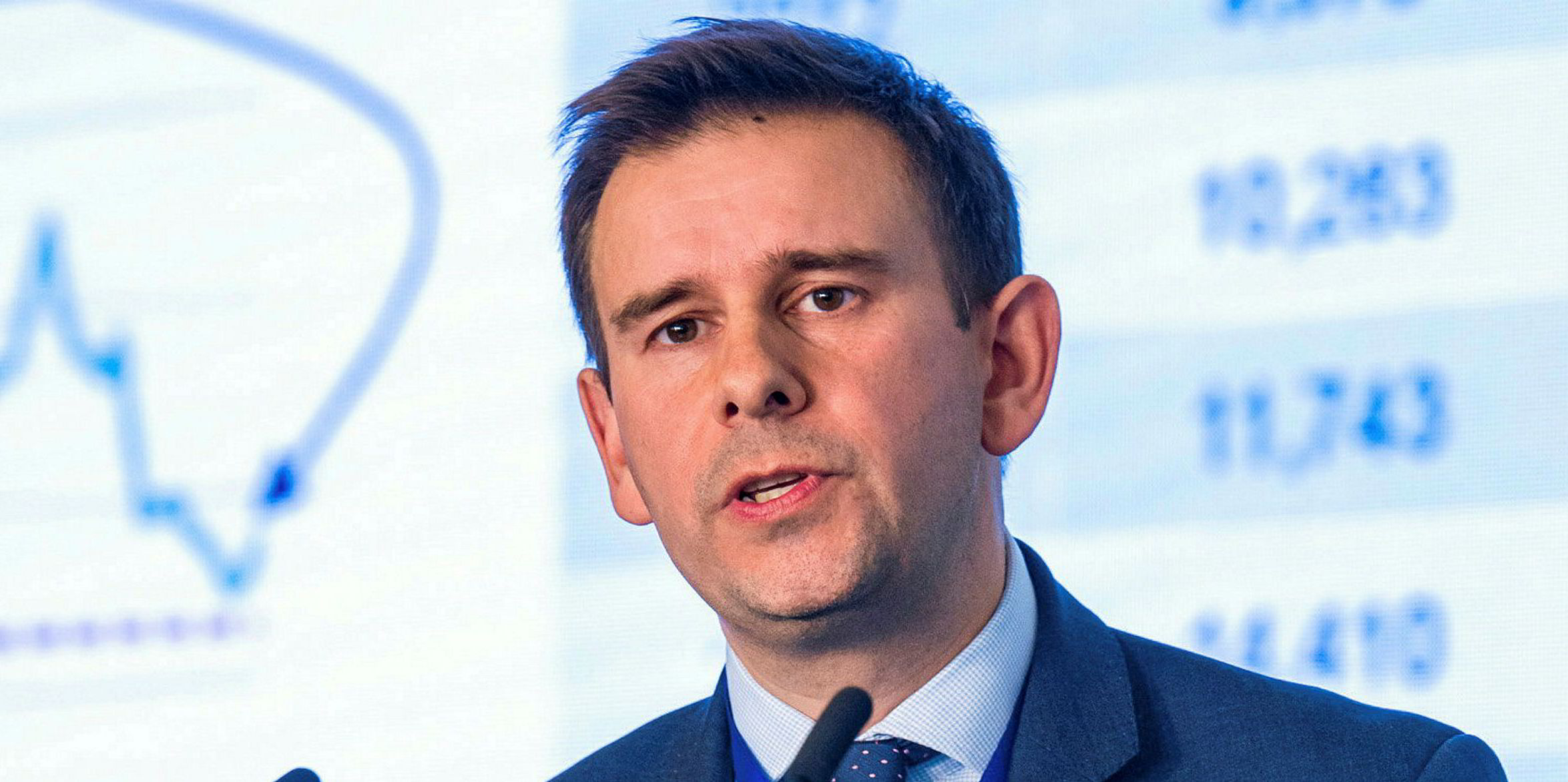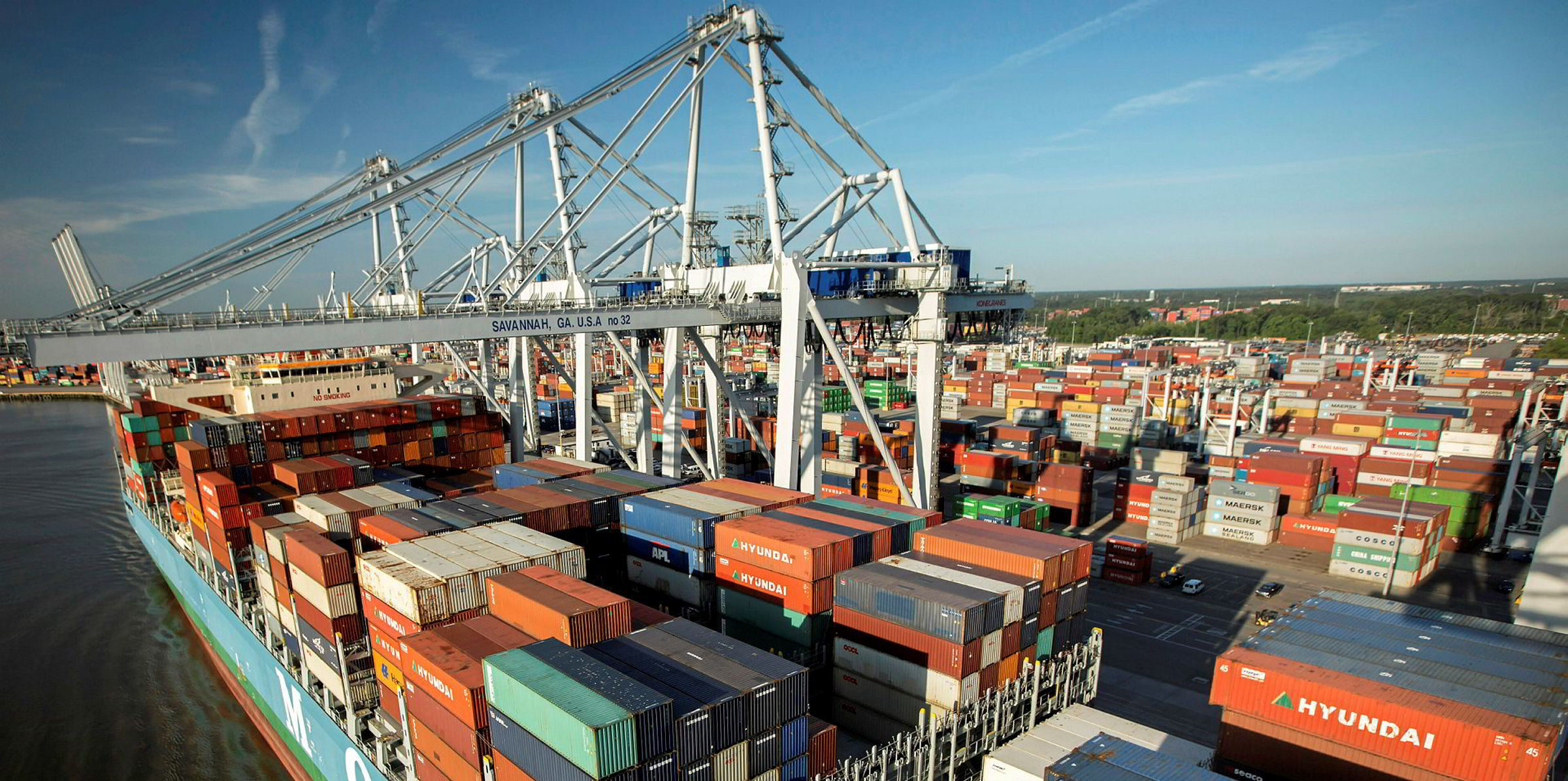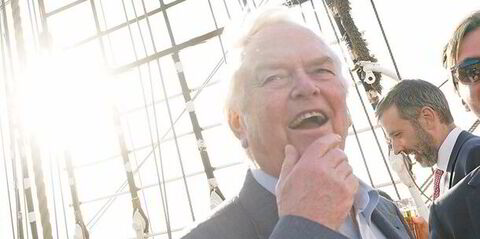Clarksons Research is increasingly worried about the prospects for boxships and car carriers as the coronavirus pandemic begins to shut down European economies.
The company, which is the research arm of broker Clarksons, said concerns for the sectors have "deepened" in recent weeks, and it is also pessimistic for offshore support vessels and the stalled cruiseship market.
Managing director Stephen Gordon said in the company's latest market survey that the coronavirus is "creating wide-ranging operational disruption and a major demand shock".
Clarksons Research had been hoping for improvements in 2020, but economic projections suggests that GDP growth will fall to around 1% in 2020, against an initial forecast of 3.3%.
There are also "disturbing low cases", Clarksons said.
"Efforts to restart the Chinese economy may be gaining traction [encouraging, as China is 22% of all seaborne imports], [but] the economic risk profile has now moved to Europe and the rest of the world," Gordon said.
Clarksons' original scenario — suggesting the removal of around 150m tonnes of expected growth — will probably be downgraded further, with potentially the greatest impacts on the container and car trades, he said.
Platts has reported South Korea’s vehicle production falling by 28% in the first two months of 2020, as some capacity was shut down due to the pandemic, coupled with a shortage of car parts from China.
On Monday, Hyundai Motor Co suspended all operations at its plant in Chennai, India, following the local government placing the country in lockdown to hinder the spread of the virus.
Also on Monday, Wallenius Wilhelmsen said it was laying up 10 car carriers and scrapping another four.
"Despite facing close to a non-existing orderbook, the hit on the demand side is pushing the recovery for PCTC/ro-ro even further out," Fearnley Securities said, referring to pure car and truck carriers by their acronym.
But the World Container Index, produced by Drewry from a composite of container freight rates on eight major routes to and from the US, Europe and Asia actually increased by 6.8% to $1,584 per feu last week.
ClarkSea Index had been rising
Prior to tanker rates easing last week from record highs, Clarksons' cross-sector ClarkSea Index actually increased for five weeks.
So far this year it has risen 32% year on year, and is 28% above the 10 year trend.
And there is still hope for owners.
In contrast to when the world entered the 2008 financial crisis, shipping’s supply side seems more manageable, with only 10% of fleet capacity on order, compared to more than 50% back then, Gordon said.
"Covid-19 disruption, initial shortfalls in workers but now delivery visits and crew, supply chain disruption and potential owner financial stress, suggests an uplift in shipyard slippage," he added.
"Materially lower newbuild ordering (after a 30% drop in 2019 to 68m dwt), for the next six months at least, may take the orderbook to below 8% of the fleet."
Clarksons is projecting 2.4% fleet growth in 2020 and 1.9% for 2021.
Vessels undergoing scrubber retrofit peaked at 1.8% fleet capacity in December 2019, with higher levels in larger ships.
Boxships going slower
The company's speed analysis showed container vessels slowed by 2% in 2019, again absorbing supply.
After easing back 7% in 2019 to 79m dwt, sale and purchase volumes were initially steady but are now easing: enquiry continues but challenges to deliver ships around crew changes and the growing uncertainty around any strategic transaction decisions are slowing volumes, Clarksons said.
The same may apply in the recycling market, where countries across the sub-continent are implementing restrictions.
"Expectation of underlying market improvement has, for the moment, been overridden, with months of major disruption seemingly impossible to avoid," Gordon said.
"Even for an industry with a long history of managing disruption, prepare for a bumpy ride."






